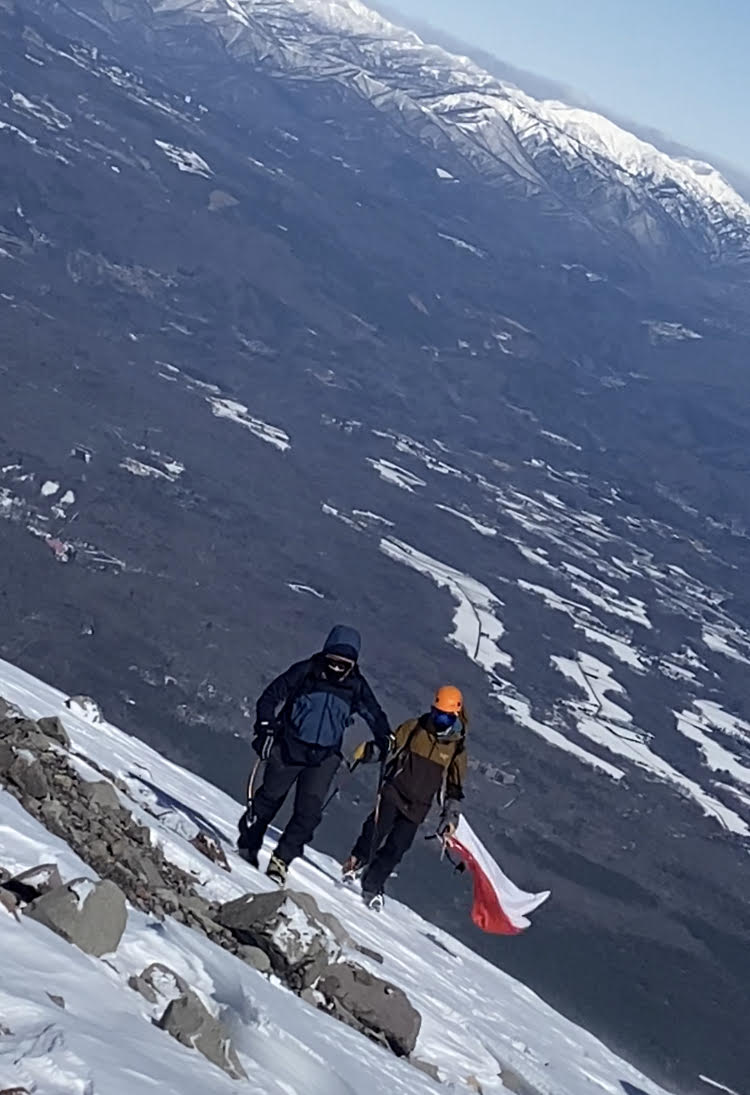.
Mt Fuji ascents in winter are a serious accomplishment
but with that comes serious climbing so it doesn’t mean it happens for everyone or every time. Every year we see Mt Fuji ascents succeed and fail, and what sets them apart is mindset, capacity & conditions. We climb to a strategy worked out of years, to optimize on what is always a big ascent by any measure.
Even good climbers can struggle with what Mt Fuji in winter demands, so listed below is what we believe makes the difference.


01
BEING REALISTIC
Only those who go too far, know how far they can go
Mt Fuji ascents are an excellent indicator of your condition, which is more than your fitness to walk up hill. It’s also a place to exercise your judgement and endurance, and be honest with yourself about what you can do.
02
THE RIGHT GEAR
Light, simple & minimal
You need good insulation, enough to eat and enough to drink. And that’s it. Because every extra gram makes carrying it 2500m uphill harder. Have what you need, know how to use it, and leave all the extras for something smaller.
03
PREPARATION
Fit, researched & ready
Two weeks of skiing and drinking don’t translate to good chances on Mt Fuji so be rested beforehand. Likewise Mt Fuji is not the place to try crampons for the first time, or to have elaborated a little on what your climbing history really consists of.
04
AWARENESS
Conditions; yours & the mountains
Look about you and watch the changes. We know we can climb Mt Fuji in even horrendous conditions, but you need you own observations of how cold, tired & and safe you feel. Do you know what to do if things get too hairy? What are your reserves for if things go longer than expected?
